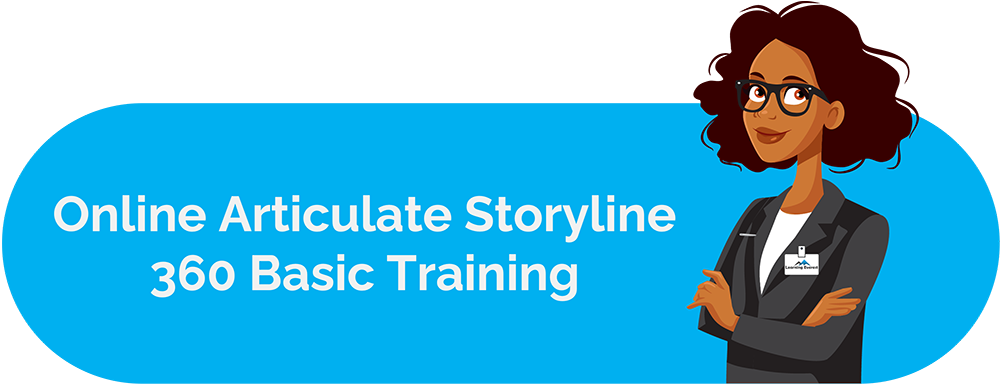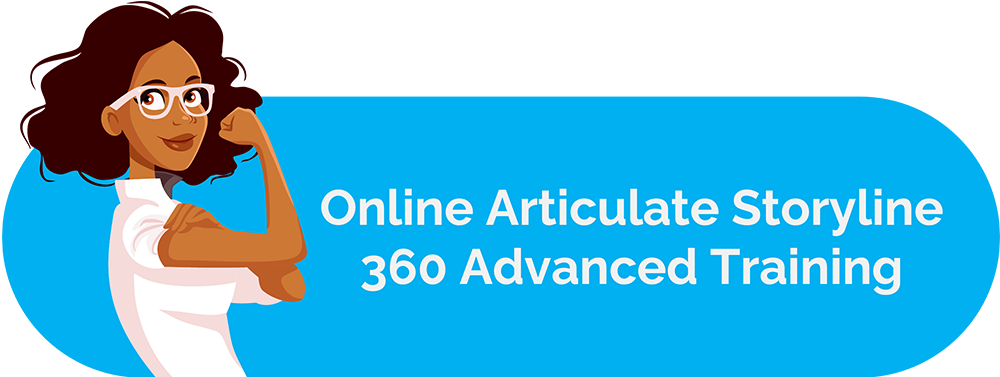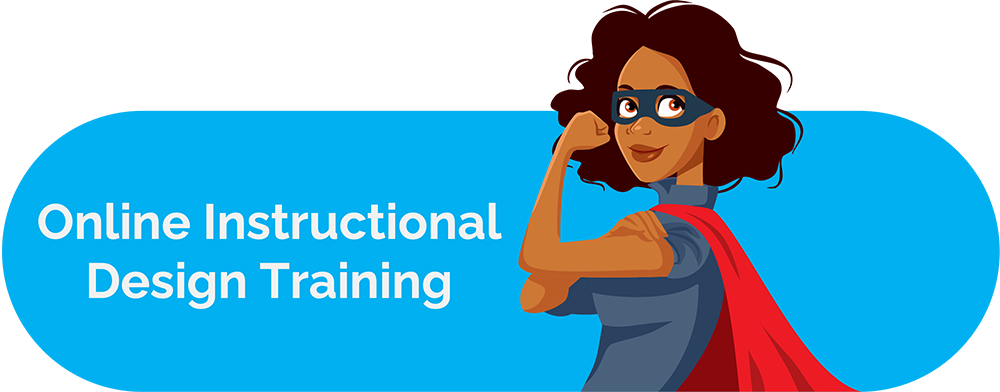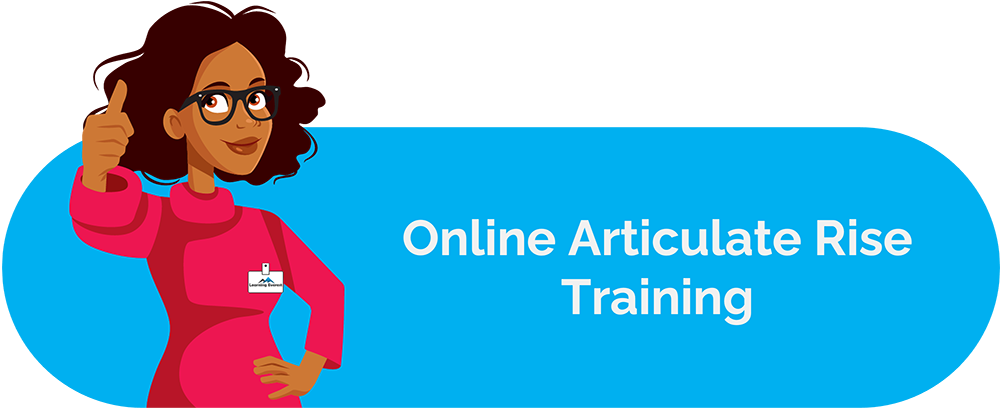Employee Development is the critical component for workforce improvement enabling them to adapt to the ever-evolving organizational trends. Effective employee development programs contribute to empowering employees to attain their full potential.
Table of Contents
- What is Employee Development?
- Approaches to Employee Development
- Types of Employee Development Programs
- Best Practices for Employee Development Effectiveness
- Conclusion
- Infographic
- Knowledge Check!
- Frequently Asked Questions (FAQs)
- What is Employee Development?
- What are the four approaches to employee development?
- What are the best practices for employee development effectiveness?
- What are the benefits of Employee development?
This blog delves into the definition of employee development, its approaches, types, and best practices that can help organizations create impactful employee development programs.
What is Employee Development?
The backbone of every successful organization is the employees, the ‘human assets’ who play a significant role in contributing to the goals and objectives. To foster timely growth and adaptability in the rapidly changing business environment, it is imperative to enhance individual performance by equipping them with the necessary tools to succeed in their current roles and prepare them for future responsibilities. This demands the need to adopt employee development programs in the organizations. Employee Development is the process of empowering employees to advance in their careers by enhancing their existing capabilities while acquiring new skills.
It encompasses various methods and approaches that contribute to personal and professional development fostering a culture of continuous development. According to LinkedIn’s 2018 Workplace Learning Report, “94% of employees would stay at a company if it invested in their career development.” Along with increased retention and reduced turnover, employee development contributes to improved performance and innovation, cultivates a stronger workplace culture, and enhances employee job satisfaction, ultimately benefitting organizational success.
Approaches to Employee Development
To implement employee development in an organization, there are mainly four approaches that can be considered. These encompass the varied strategies to develop the skills, competencies, and knowledge of the employees. They are:
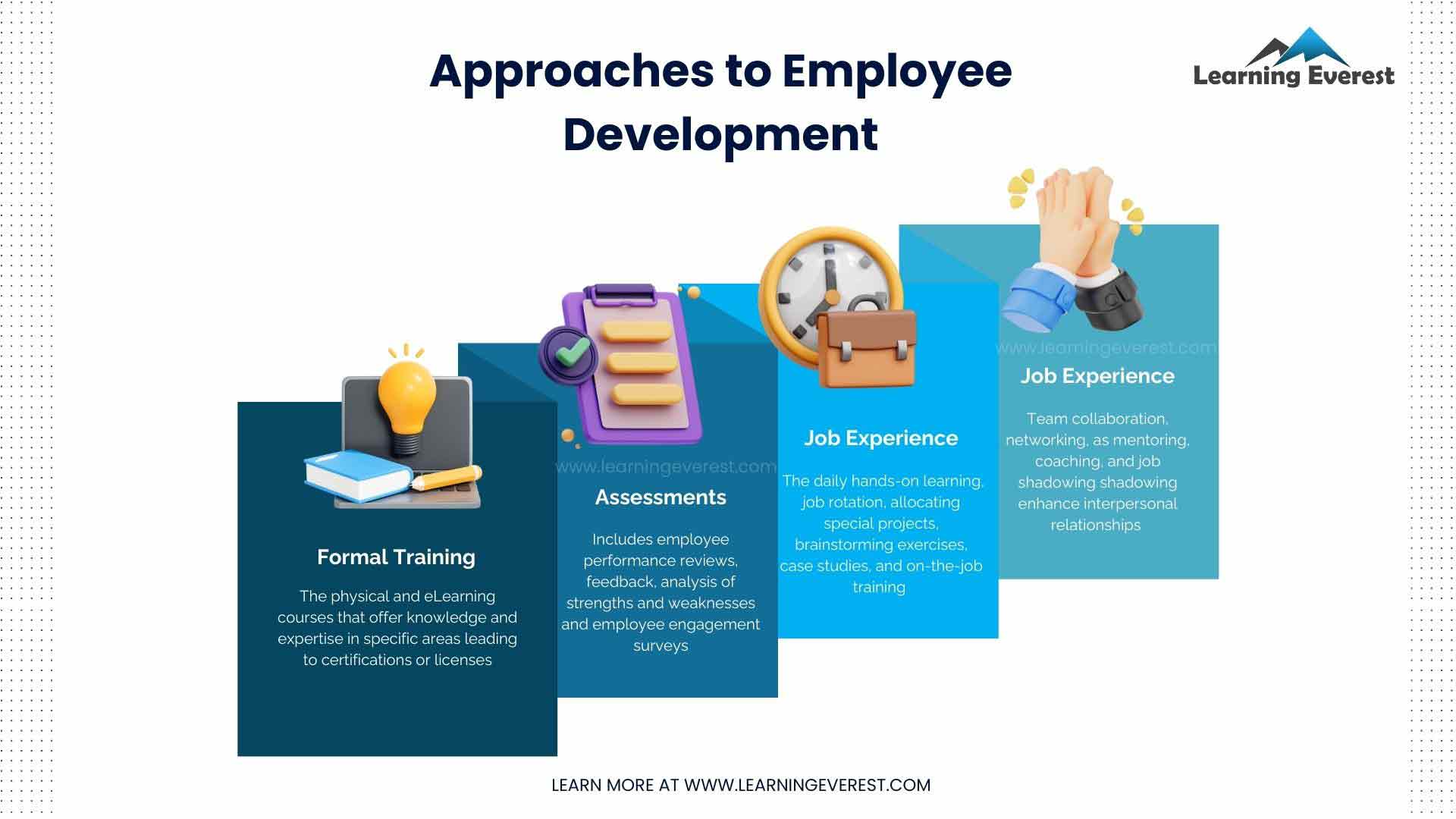
Approaches to Employee Development
Formal Training
Formal training refers to the structured and organized training programs contributing to the professional growth of the employees. It includes the physical and eLearning courses that offer knowledge and expertise in specific areas leading to certifications or licenses. This involves job-related or skill-enhancing training conducted through different modalities to enrich the participants. A research project commissioned by Middlesex University for Work-Based Learning found that “74% of employees feel they are not achieving their full potential due to lack of training.” (Source: Edstellar). This demands organizations to adopt formal training practices for attaining employee development.
Assessments
To prepare for upskilling and reskilling of employees, it is pivotal to conduct regular assessments. This can include employee performance reviews, feedback, analysis of strengths and weaknesses of employees, and employee engagement surveys. When conducting assessments, ensure that the mode is standardized with appropriate tools and resources to avoid any form of bias leading to employee dissatisfaction. In addition, it is crucial to determine that the employees are not unduly burdened with the stress of regular assessments.
Job Experience
A valuable approach contributing to employee development is job experience, which involves the daily hands-on learning that is being performed as they master the role, and programs like job rotation, allocating special projects, brainstorming exercises, case studies, role play, and on-the-job training. Job experience can enhance employee development by increasing their confidence leading to personal and professional growth.
Interpersonal Relationships
Upholding a strong interpersonal relationship with colleagues and the management promotes employee development. Collaboration within the team and networking not only contribute to task completion but also establish a rapport between the employees. In addition, strategies such as mentoring, coaching, and job shadowing enhance interpersonal relationships by fostering employee’s career and personal development.
Types of Employee Development Programs
The development programs for employees are designed to grow and enhance individuals and groups. Different types of employee development programs cater to various aspects of improving the skills, performance, and overall career progression of individuals. Some of them are:
Career Development
This type of employee development program aims to help employees progress in their careers by acquiring new skills and knowledge. Offering the right resources and appropriate guidance to enhance the career growth of an employee within the company encourages individuals to prepare for their future roles.
Skill Development
Skill Development is a crucial area for both the leadership and the employees. The programs that contribute to improving both soft skills and specific area skills of individuals fall under skill development programs. These programs identify the skills gaps and offer the right solutions to fix those gaps.
Performance Development
The aspects of performance development usually come under the assessment part of employee development. It enhances employee productivity by setting clear goals, offering feedback, and tracking progress through performance reviews and performance improvement plans.
Cross-functional Development
Employees enhance their collaboration by communicating within the teams. However, to gather more insights on the functions of the organizations it is crucial to interact and get exposed to different departments. This can include job rotation programs, cross-developmental projects, internal mobility, multi-skilling training, and interdepartmental mentorships.
All these employee development programs play a vital role in creating a dynamic workforce contributing significantly to organizational progress.
Best Practices for Employee Development Effectiveness
Understanding the merits of employee development to the organization, it is crucial to perform certain best practices that ensure the effectiveness of the program. Four essential practices that ensure individual growth are:
Foster a Learning Atmosphere
Most organizations focus on business growth but lack in properly implementing necessary training on employee development. For effective development of career goals and skills agility of the employees, it is vital to foster a learning atmosphere that caters to the participant’s needs. Learning amplifies people’s sense of connection and purpose in their workplaces that “8 in 10 people say learning adds purpose to their work.” (Source: LinkedIn Workplace Learning Report, 2024).
Personalize Learning and Development
For holistic employee development from mental health and mindfulness to career progression and skill attainment personalized learning experiences. This ensures that the training sufficiently addresses the needs, pain points, and areas of improvement of the employees to offer the right solutions to progress. In addition, personalization encourages flexibility to employees avoiding chances of getting burdened with the training and assessment.
Overcome Bias that Hinders Development
Biases persisting in the workplaces whether between the leadership to the employees or between employees hinder the development process. With a wide majority of employees reporting that they experience bias in their workplace in one form or another, it is critical to address and avoid it. Some strategies to overcome bias include implementing clear criteria and software for assessment, increasing awareness of unconscious bias at every level, and promoting a culture of inclusivity.
Encourage Continuous Motivation
Motivation is a key factor that leads to personality development. In an organization providing extrinsic motivation in the form of recognition for accomplishments, offering fruitful feedback contributes to the continued development of the employees. “69% of employees would work harder if they felt their efforts are better appreciated.” (Source: Proofhub). Continuous motivation from the leadership through rewards, recognitions, or celebrating milestones encourages employee development.
Conclusion
In a nutshell, employee development is essential for fostering a productive workforce. To enhance employee skills and competencies, organizations can adopt structured approaches such as formal training, assessments, job experience, and fostering interpersonal relationships. Offering diverse development programs such as career development, skill development, performance development, and cross-functional development is essential for holistic employee development.
Moreover, to ensure effectiveness in employee development, organizations can implement the best practices such as fostering a learning atmosphere, personalizing learning and development, overcoming biases, and encouraging continuous motivation. For individual growth and organizational success, it is recommended that organizations emphasize the relevance of employee development and adopt them.
Infographic
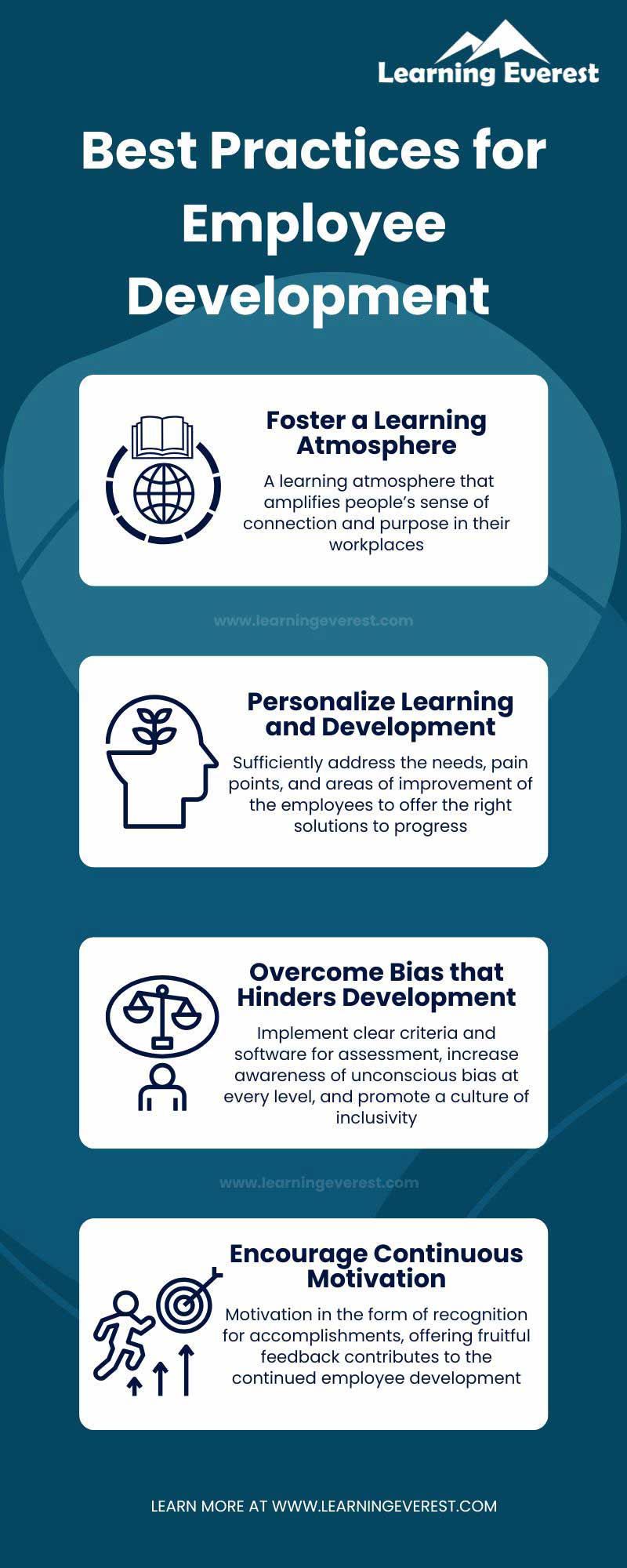
Best Practices for Employee Development
Knowledge Check!
Frequently Asked Questions (FAQs)
What is Employee Development?
Employee Development is the process of empowering employees to advance in their careers by enhancing their existing capabilities while acquiring new skills. It encompasses various methods and approaches that contribute to personal and professional development fostering a culture of continuous development.
What are the four approaches to employee development?
To enhance employee skills and competencies, organizations can adopt four approaches including formal training, assessments, job experience, and fostering interpersonal relationships.
What are the best practices for employee development effectiveness?
To ensure effectiveness in employee development, organizations can implement the best practices such as fostering a learning atmosphere, personalizing learning and development, overcoming biases, and encouraging continuous motivation.
What are the benefits of Employee development?
Along with increased retention and reduced turnover, employee development contributes to improved performance and innovation, cultivates a stronger workplace culture, and enhances employee job satisfaction, ultimately benefitting organizational success.


